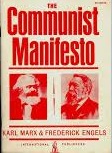VOL- 8 ; ISSUE 5 - PUNE RESEARCH SCHOLAR (ISSN 2455-314X) JIF 4.15
8.5 SCHOLAR
Area of Article : ALL
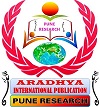
VOL- 8 ; ISSUE 5 - PUNE RESEARCH SCHOLAR (ISSN 2455-314X) JIF 4.15
8.5 SCHOLAR

VOL- 8 ; ISSUE 5 - PUNE RESEARCH SCHOLAR (ISSN 2455-314X) JIF 4.15
8.5.1 SCHOLAR

This research paper discusses risk society: the COVID 19 to Omicron. Today, social risks have become part of our daily lives as human beings.From one risk to another risk we are constantly facing the issues.On the surface, the COVID-19 pandemic appears to fit into the risk society framework as a threat posed by globalization's modernization process. Coronaviruses, on the other hand, represent a very specific type of risk that risk theory fails to adequately describe. Recently the example of COVID 19 can be taken as a major risk to the world.If we find the solution we are facing another problem and it creates another COVID 19 can be considered as a global risk.
Key Words : COVID 19,Risk Society, Pandemic,Ulrich Beck
VOL- 8 ; ISSUE 5 - PUNE RESEARCH SCHOLAR (ISSN 2455-314X) JIF 4.15
8.5.2 SCHOLAR
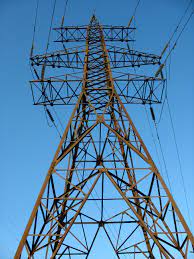
Keywords: Transmission Line Tower, Response Spectrum, time history Earthquake Loading, Loading, Wind Loading.
VOL- 8 ; ISSUE 5 - PUNE RESEARCH SCHOLAR (ISSN 2455-314X) JIF 4.15
8.5.3 SCHOLAR
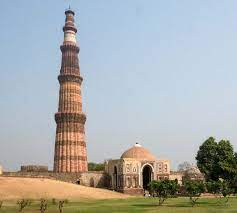
The
rulers who ruled substantial parts of the North India between AD1200 to AD1526
were termed as Sultans and the period of their rule as the Delhi Sultanate.
These rulers were of Turkish and Afghan origin. They established their rule in
India after defeating the Indian ruling dynasties which were mainly Rajputs in
northern India. The main ruler who was overthrown by the invading Turk Muhammad
Ghori from Delhi was Prithvi Raj Chauhan. These Sultans ruled for more than 300
years (from around AD 1206 to AD 1526). The last of the Delhi Sultan, Ibrahim
Lodi was defeated by the Mughals under the leadership of Babur in AD1526 who
established the Mughal Empire in India. The Delhi Sultanate comprises multiple
dynasties that ruled over northern India in the medieval period. The Delhi
Sultanate was an Islamic empire based in Delhi that stretched over large parts
of the Indian subcontinent for 320 years (1206–1526). Five dynasties ruled over
the Delhi Sultanate sequentially: the Mamluk dynasty (1206–1290), the Khalji dynasty
(1290–1320), the Tughlaq dynasty (1320–1414), the Sayyid dynasty (1414–1451),
and the Lodi dynasty (1451–1526). It covered large swathes of territory in
modern-day India, Pakistan, Bangladesh as well as some parts of southern Nepal.
This paper attempts to analyses and
focused the period of various Sultans
ruled in India as well as their contribution in reforms and administration
patterns.
Keywords: Sultans, Medieval, Period, Administration,
Empire, Reform, A.D., India etc.
VOL- 8 ; ISSUE 5 - PUNE RESEARCH SCHOLAR (ISSN 2455-314X) JIF 4.15
8.5.4 SCHOLAR
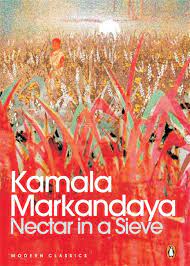
Kamala
Markandaya is a famous Indian English women writer who established herself as a
great novelist with the variety of themes and characters. She concentrates on
the themes such as village life, conflict between tradition and modernity,
womanhood in all aspects, east-west encounter, and the effects of modern civilization on the lives of men and
women in Indian society. Her characters
also hail from both lower and elite class from a beggar to a rich man. For
instance Rukmani in the novel, Nectar in a Sieve is a rustic woman, In Some
Inner Fury Kitsamy is a westernized person who returns from England and is a
Civil Servant. She is the author of various novels such as Possession, A
Handful of Rice The Coffer Dams A Silence of Desire The Nowhere Man The Two
Virgins and The Golden Honeycomb. Commenting on her novels M.K.Naik says that “
Markandaya’s fiction evinces a much broader range and offers a greater variety
of setting, character and effect.” (P.236). She also highlights the problems
such as gender, caste and class in her novels.
VOL- 8 ; ISSUE 5 - PUNE RESEARCH SCHOLAR (ISSN 2455-314X) JIF 4.15
8.5.101 स्कॉलर
